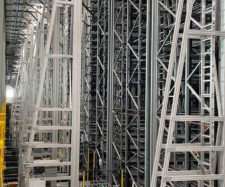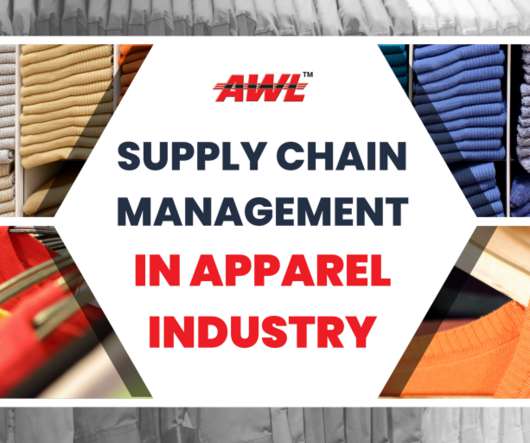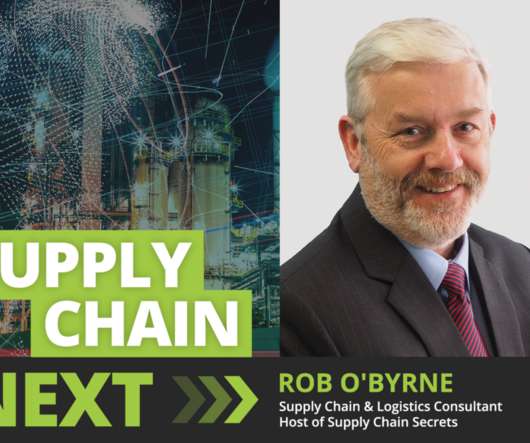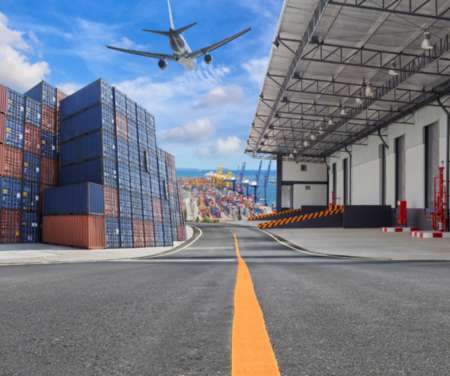The VF Corporation Invested in Supply Chain Agility Before COVID Made “Agility” the New Buzzword
Logistics Viewpoints
JUNE 20, 2022
Mr. Bailey has worked most of his career at VF – as an industrial engineer in facilities, in strategic sourcing, running offshore operations, and now as the person in charge of the company’s entire supply chain. VFC’s supply chain sourced over 410 million units of apparel, footwear, and accessories in their last fiscal year.






















Let's personalize your content